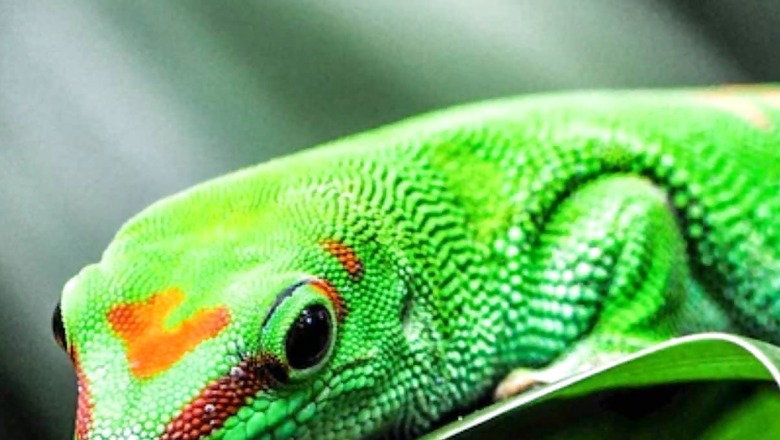
views
In new research, scientists have found that lizards like Geckos have an additional hearing ability, which allows them to recognise many other types of vibrations. The researchers, after the results, expressed suspicions about other reptiles with the same ability. This new study created a chance for scientists to understand the development of ears and hearing ability in animals.
The researchers at the University of Maryland have found that lizards use a system related to balance to detect vibrations. This provides new insights into how animals understand stimuli of hearing and touch. In a new study published in Current Biology, researchers revealed that lizards use saccules to detect low-frequency vibrations. The saccule is a part of the lizard’s inner ears. It is traditionally associated with maintaining balance and body position. According to the researchers, this special “sixth sense” plays a helpful role in the lizards’ general hearing ability and how they perceive the world around them.
“As we know, the ear hears sounds carried in the air. This ancient internal pathway is usually associated with balance. It also helps geckos detect vibrations travelling through mediums such as land or water,” said Katherine Carr, a Distinguished University Professor of Biology at UMD and co-author of the study. This pathway existed for amphibians and fish but now it was shown to be conserved in lizards as well. The saccule can detect faint vibrations between 50 and 200 Hz. It is much lower than what the gecko can hear with its ears.
The researchers have concluded that the saccule serves a separate but additive function to the gecko’s regular auditory system. Geckos can hear airborne sounds, a trait that many other reptiles lack. Discovering the saccule’s role in geckos could lead to a better understanding of communication and behaviour in other animals previously thought to have limited hearing, said Dawei Han, lead author of the study, postdoctoral researcher and a graduate student at UMD.
The study results will help us to understand more about how the ear and its capabilities have changed over animal evolution. These results are not directly related to human hearing ability. However, Carr and Han hope findings will inspire more investigation into mammalian hearing ability.




















Comments
0 comment